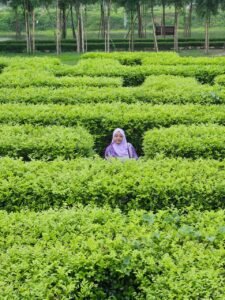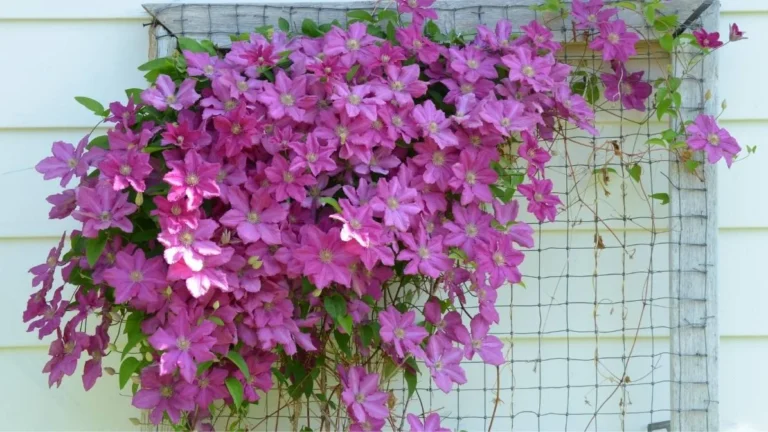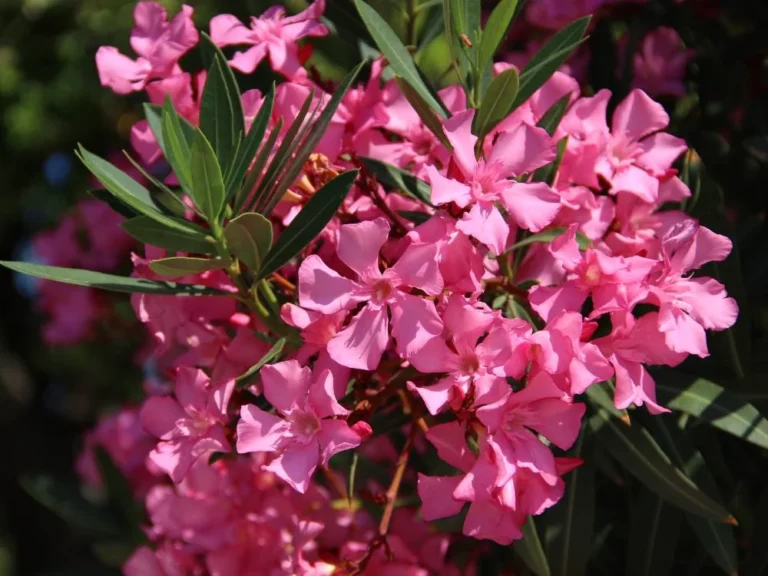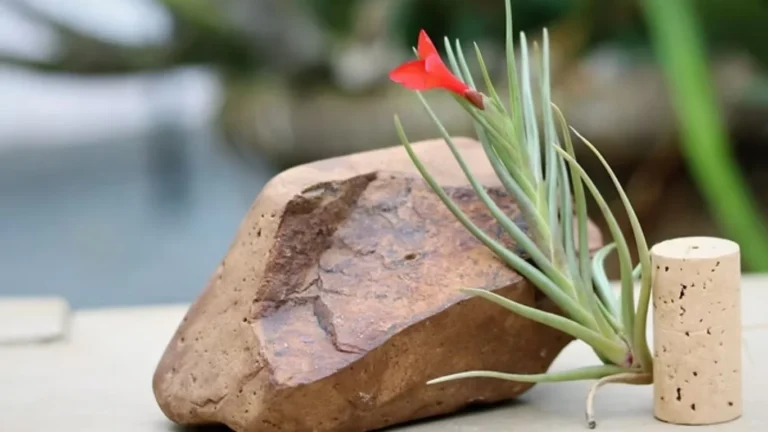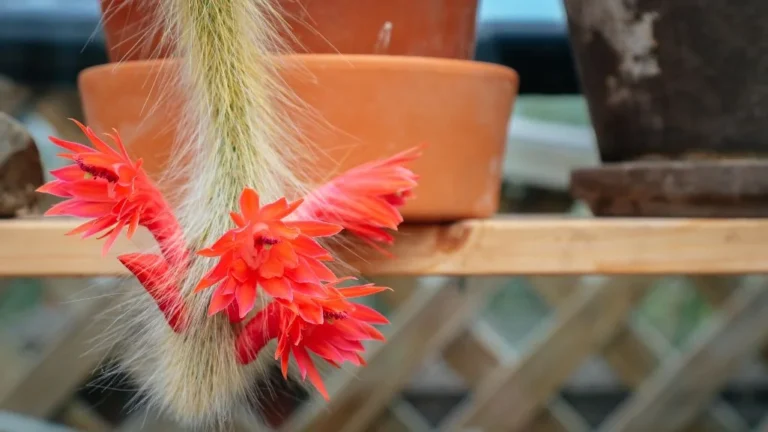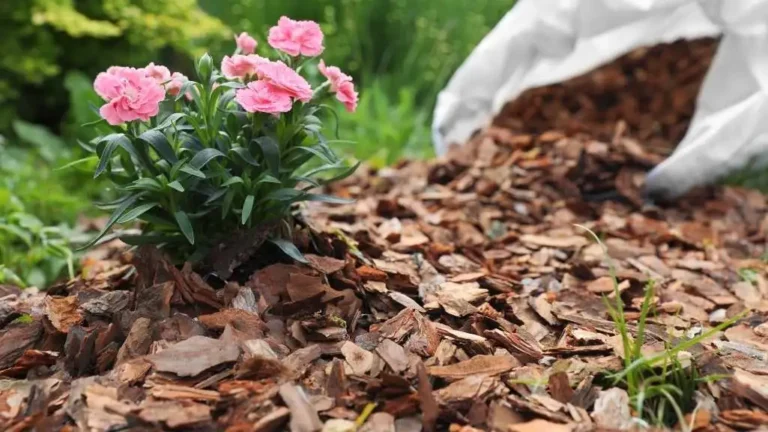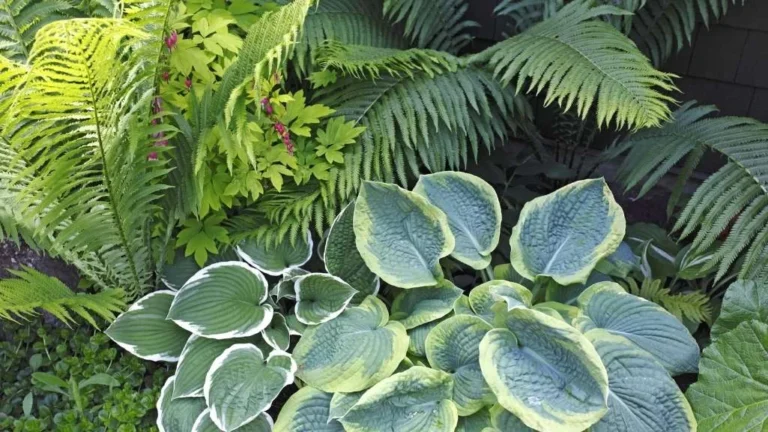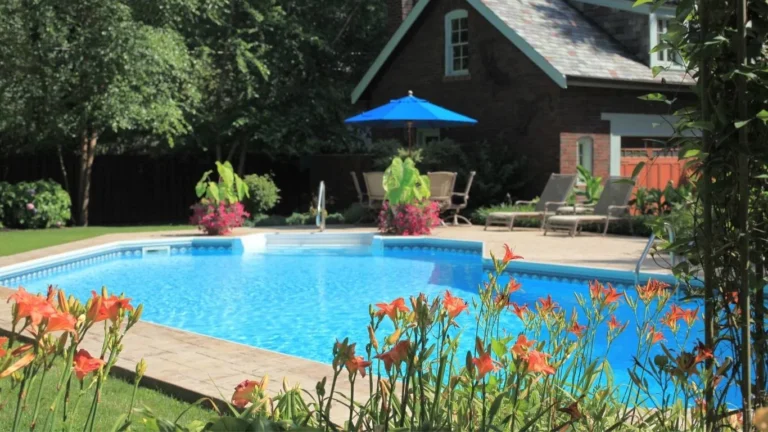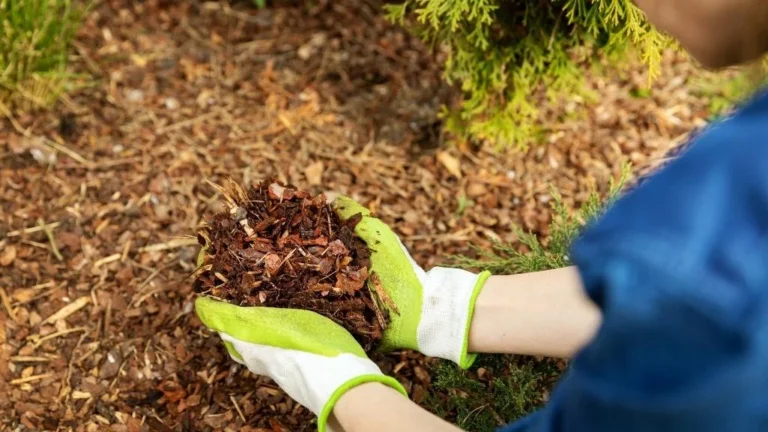Varieties like the stunning Vanda and the graceful Cattleya each have their own shades of purple, from rich violet to gentle lavender. These orchids are loved for their eye-catching colors and the sense of luxury and elegance they add.
Why should you have a Purple Orchid? What does it symbolize?
Purple symbolizes royalty, luxury, creativity, and mystery. And the purple orchids are often associated with royalty, respect, admiration, and dignity. Historically, purple has been considered a color of luxury and nobility, and orchids have been symbols of wealth and beauty.
Having a purple orchid at home gives a statement of appreciation to the home that supports and holds you after a long, tiring day. Purple orchids are also known for creating a calm and spiritual environment, which is very important for me at my place.
Giving a bouquet or a single stem of a purple orchid to someone can make them feel appreciated. Whether you’re giving them to a friend, a family member, or a colleague, purple orchids are a lovely way to say, “You deserve this recognition.”
Varieties of Purple Orchids
Orchid is scientifically known as Orchidaceae, and it has about 35000 species of this plant. Within the family, several varieties feature purple blooms, each with its unique appearance and characteristics. Some of the most popular purple orchids that can be a great addition to your plant collection are discussed below.

Phalaenopsis (moth orchid)
The Phalaenopsis Orchid, or as it’s fondly known, the Moth Orchid. Imagine a delicate, winged flower that looks like a moth just hovering in mid-air that’s exactly how it gets its name. These orchids are a dream for any home gardener, mainly because they’re so easy to care for compared to some of their fussier relatives.
After getting my Phalaenopsis home, I kept it beside my windowsill, where its long, arching stems held up clusters of vibrant purple blooms. Those flowers can last for months, too, so it’s like having a splash of elegance that just keeps on giving.

Dendrobium Orchid
Dendrobium Orchid is known for its vibrant, star-shaped blossoms. These orchids can be found in a rainbow of colors, from rich purples to sunny yellows and soft whites.
With over 1,800 species to choose from, each Dendrobium has its own unique charm. They grow on tall, slender stems, often producing clusters of flowers that dance in the light. It’s like nature’s own little fireworks display.
An interesting fact about these orchids is that they are epiphytes, meaning they naturally cling to trees in the wild, soaking up moisture and nutrients from the air around them. This gives them a beautiful, wild elegance that’s hard to resist. If you’re lucky enough to have one in your home, you’ll find that with the right care, plenty of bright light, and a touch of humidity, they can bloom multiple times a year, bringing bursts of color and joy into your space.

Cattleya Orchid
Cattleya Orchid, often referred to as the “Queen of Orchids.” This plant catches attention with its large, vibrant blooms reaching up to 6-8 inches across.
What makes the Cattleya even more special is its fragrance. Imagine walking into a room and being greeted by the sweet, delicate scent of this orchid; it’s like nature’s perfume. They are typically found growing on trees in tropical rainforests, where they soak up the bright, indirect sunlight they love.
Cattleyas are a favorite among orchid lovers not just for their beauty but also for what they represent. They symbolize luxury and elegance, often gracing weddings and special occasions, adding a touch of sophistication to any celebration.
So, if you’re looking for a plant that brings both breathtaking beauty and delightful fragrance into your home, the Cattleya Orchid is definitely a queen.

Vanda Orchid
Vanda orchid is like having a little piece of the tropics right in your home. These orchids are famous for their stunning colors, from deep, rich blues to vibrant purple.
Vandas are unique from other orchids because of their aerial root system. Unlike many orchids that need a pot or bark to grow, Vandas thrive with their roots fully exposed, soaking up moisture and nutrients directly from the air. With the right amount of sunlight, Vandas can bloom multiple times a year, each bloom lasting several weeks.
This species of orchid needs a bit more attention than others, like daily misting and maintaining a warm and humid environment. But all the effort is worth it when the flowers start to open.
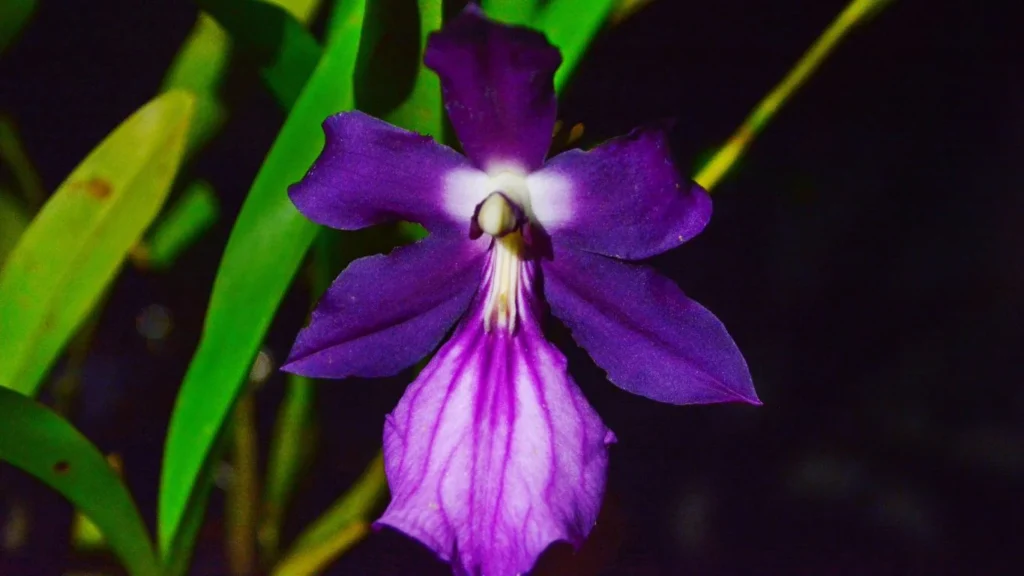
Miltonia Orchid (Pansy Orchid)
Miltonia Orchid, lovingly known as the Pansy Orchid. Their blooms come in vibrant shades of pink, purple, yellow, and white, often with patterns right in the center, seeming like little faces smiling at you.
And the best part? A gentle fragrance in the morning. It’s like an orchid is quietly greeting you with a touch of nature’s perfume.
The growing habit of this orchid is also unique. This plant produces slender, arching stems and has pseudobulbs that allow them to withstand dry conditions. A combination of arching stems, pseudobulbs, and cascading blooms is unique among other orchids.
Miltonias prefer bright, indirect light and thrive in cooler temperatures compared to other tropical orchids. They enjoy moderate humidity and benefit from good air circulation. With the proper care, you can get colorful blooms that can last for weeks.
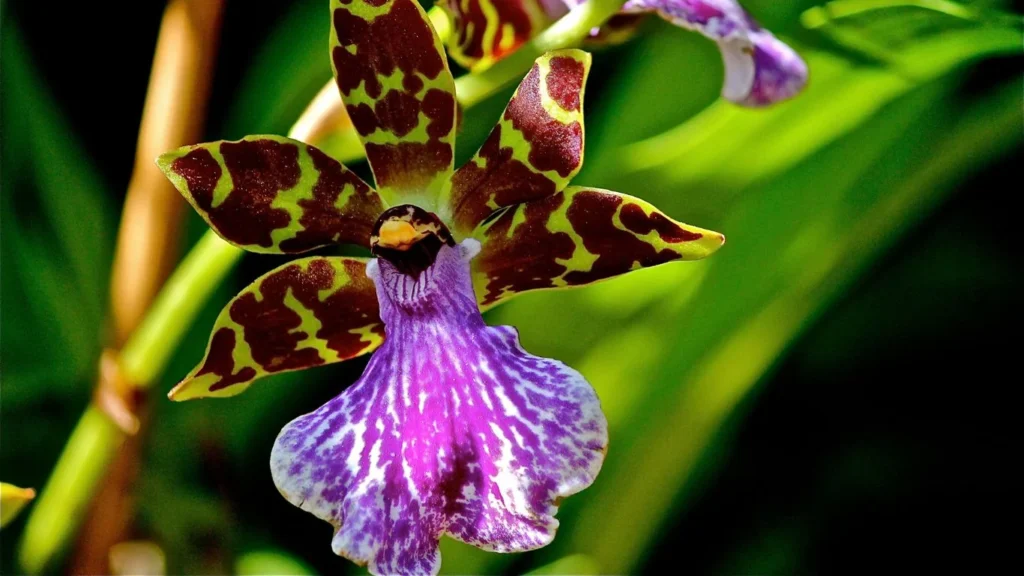
Zygopetalum Orchid
Zygopetalum Orchid is known for its strong, sweet & spicy fragrance. So, if you’re looking for an orchid that’s both eye-catching and wonderfully fragrant, the Zygopetalum is a perfect choice.
This orchid enjoys indirect sunlight, so a spot by a bright window with filtered light is perfect. Too much direct sun can scorch those lush, green leaves, so it’s best to give them a gentle, dappled light.
When it comes to watering, the Zygopetalum likes to be kept moist but not soggy. I water it thoroughly but let it drain well, as no orchid wants wet feet. Zygopetalums have pseudobulbs that store water, so if you skip a day or two, they’ll forgive you. I usually water mine about once a week, but it’s always good to check the potting medium and see how it feels.
And, like any good orchid, Zygopetalums appreciate a little feeding now and then. A balanced orchid fertilizer, diluted to half strength, every couple of weeks during their growing season keeps them happy and ready to bloom.
Care Routine of Purple Orchid
Caring for a Purple Orchid can be a delightful journey, almost like nurturing a piece of nature right in your home. Here’s how you can create a basic care routine that will keep your purple beauty thriving.
Start with the right spot
Orchids love bright, indirect light, so a windowsill with filtered sunlight is ideal. If the sun shines too brightly, you can use sheer curtains to soften the light, just like a gentle morning glow.
Watering with love
Next, let’s talk about watering. Think of it as giving your orchid a refreshing drink. You’ll want to water your purple orchid about once a week, but it’s essential to check the potting medium first. Stick your finger about an inch into the bark; if it feels dry, it’s time for a drink. When you do water, give it a good soak until water drains out of the bottom, then let it dry out before the next watering.
Humidity and Temperature
Purple orchids thrive in a humid environment, so if your home is dry, you can create a mini-humidity oasis. Just place a shallow tray filled with pebbles and water beneath the pot, ensuring the pot itself isn’t sitting in the water. As the water evaporates, it will keep the air around the orchid nice and moist.
In terms of temperature, they prefer a cozy home; ideally between 65°F to 75°F during the day and a bit cooler at night. This temperature fluctuation can actually encourage blooming, just like the seasons change in nature.
Feeding time
Every couple of weeks during the growing season (spring and summer), it’s time to treat your orchid to a little meal. Use a balanced orchid fertilizer, diluted to half strength, and watch your purple beauty soak up the nutrients.
Pruning and caring for blooms
When the flowers eventually fade, don’t be too sad; this is just part of the cycle. You can trim the spike back to just above the node, which can encourage new growth. And if your orchid has finished blooming, give it a little extra attention and patience. With the right care, you will be rewarded with new blooms before you know it.
Frequently Asked Questions
Are purple orchids edible?
Yes, purple orchids (such as Dendrobium orchids) are generally edible. You can use it as toppings in dishes and drinks. But before adding it to your food, ensure the flowers are pesticide-free and safe to consume.

